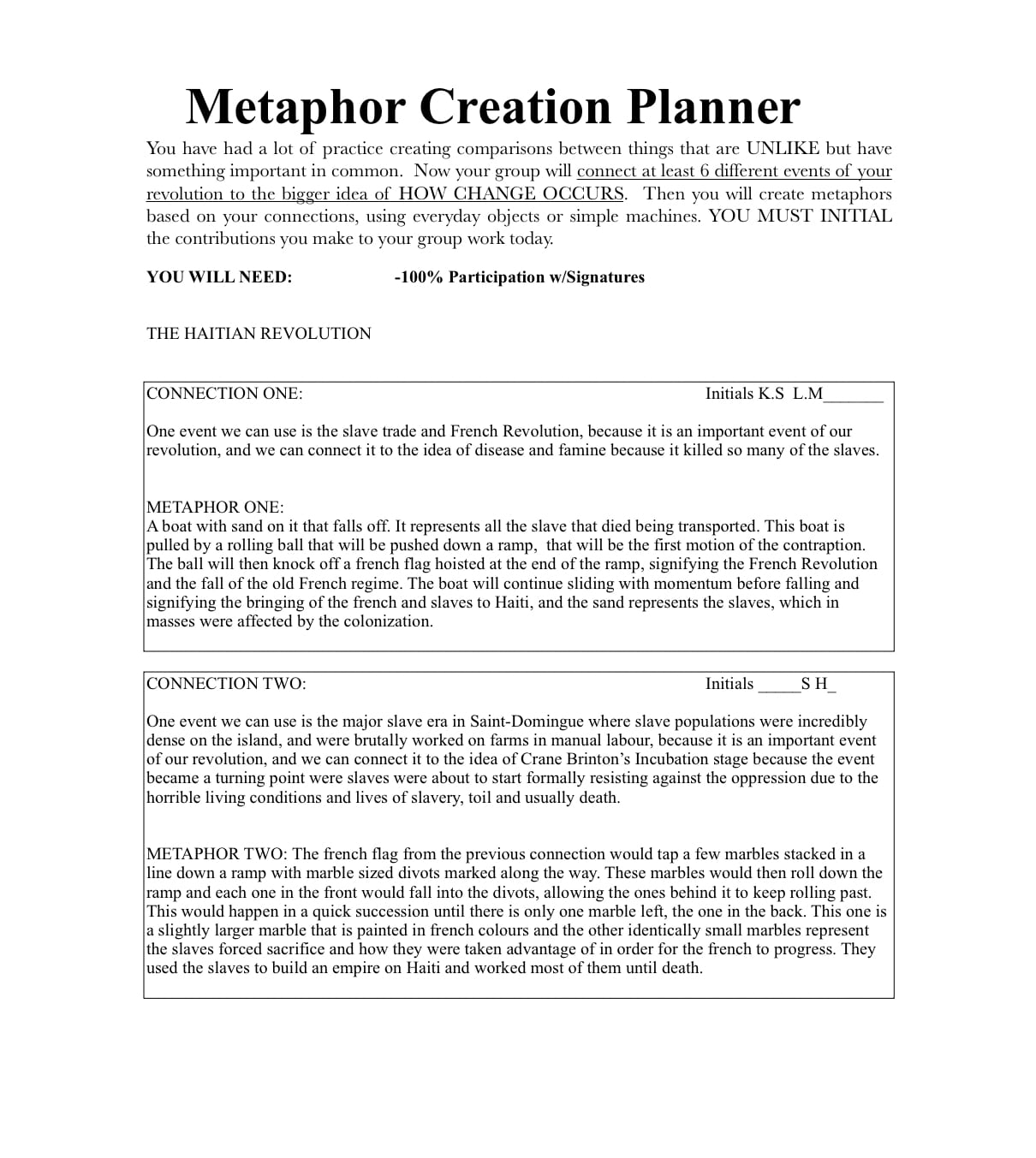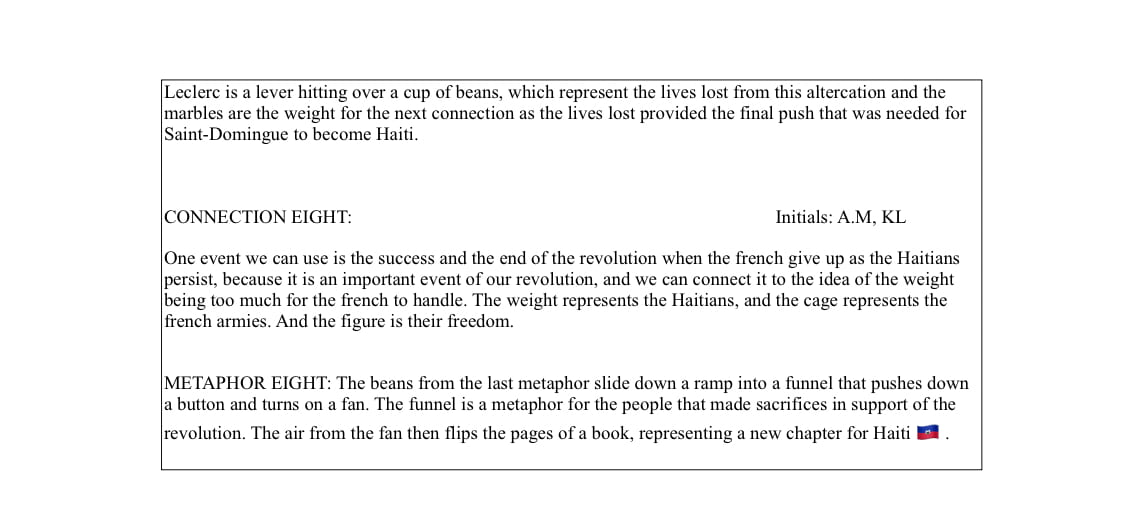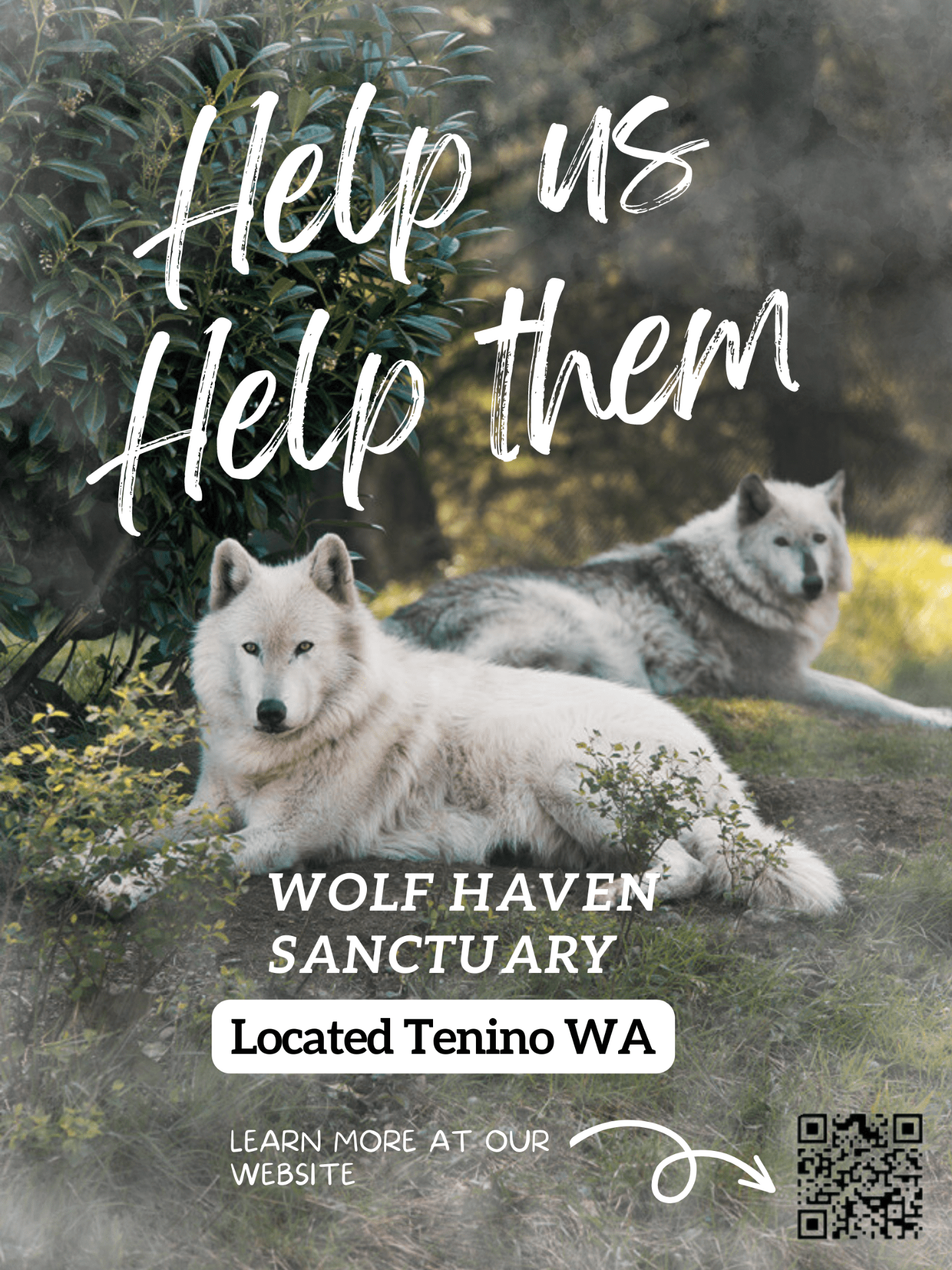tPOL
Welcome to my tPOL of 2024!
Pol declaration:
“Thank you for coming to my presentation of learning. I am the expert on my own learning. I am also responsible and accountable for my own learning. You can expect me to give an honest evaluation of my progress. We will discuss my strengths and opportunities for growth. Thank you in advance for listening and for offering feedback that I can use to improve as a learner.”
Agency:
This year I have consistently struggled with time management. This has translated into encouraging procrastination and turning in work late. I need to work on time management and habits.
Plan for Improving Time Management:
1. Utilize a digital calendar (things) to keep track of assignment due dates, project deadlines, and other important deadlines. Set aside specific times each day to review my schedule and prioritize tasks.
2. Break down larger assignments into smaller, manageable tasks. Create a timeline for completing each task and set deadlines for yourself to stay on track.
3. Minimize distractions while working on school work by turning on do not disturb and finding a quiet work environment such as the library, and using tools like the Pomodoro technique to stay focused.
4. Develop a routine for completing school work by dedicating specific blocks of time each day to study or work on assignments. I intend to stick to this routine to build good habits and avoid procrastination.
5. Seek help from teachers, tutors, or peers if I am struggling with a particular assignment or subject. Prevent waiting until the last minute to ask for assistance.
6. Reflect on my progress regularly and make adjustments to my time management strategies as needed. Appreciate progress and learn from mistakes.
In following this plan and being consistent with my efforts to manage my time effectively, I can improve my ability to hand in school work on time and achieve academic success.
Preparation:
Examples: exhibition graphic novel. WW1 video.
Communication:
In all honesty communication has been a difficult topic this year. When it comes to group projects, asking questions in class, or reporting bigotry I have no problem communicating with my teachers. In situations where the topic at hand pertains to my struggles to understand material or manage myself, I have a hard time asking for help from teachers, or simply letting them know where I’m at. Despite my worries about being perceived by teachers as less capable, I have made progress in my communication with them. For example, I was struggling in engineering due to circumstances I couldn’t change and (after some initial prodding from choices teachers) I did communicate with my teacher about the issues and my intentions to work around them.
Moving forward, I am committed to continuing to improve my communication skills and to maintain an open and collaborative relationship with my teachers. I am excited to see how this ability to communicate effectively will continue to benefit me in my academic journey.
Examples: Communicating with Mr. Muter and Mr. Harris.
Plan for next year:
Summer learning:
This year I am taking science 10 over the summer to hopefully make grade 11 easier. The plan is I will take a science 11 course next school year and take a science 12 course next summer. I intend to use this summer as an opportunity to practice using my new homework routine in hopes this will encourage the routine and it will become a habit.
Sunday:
Make a plan for the week regarding homework. (To account for inconsistencies in schedule week to week).
Weekdays:
15 minutes sometime after school to make list of homework to be completed.
Weekdays designated for homework:
Use pomodoro timer for work that feels difficult or uninteresting.
Fridays:
Reflect on the past week: What went well? What didn’t? What can I change?















